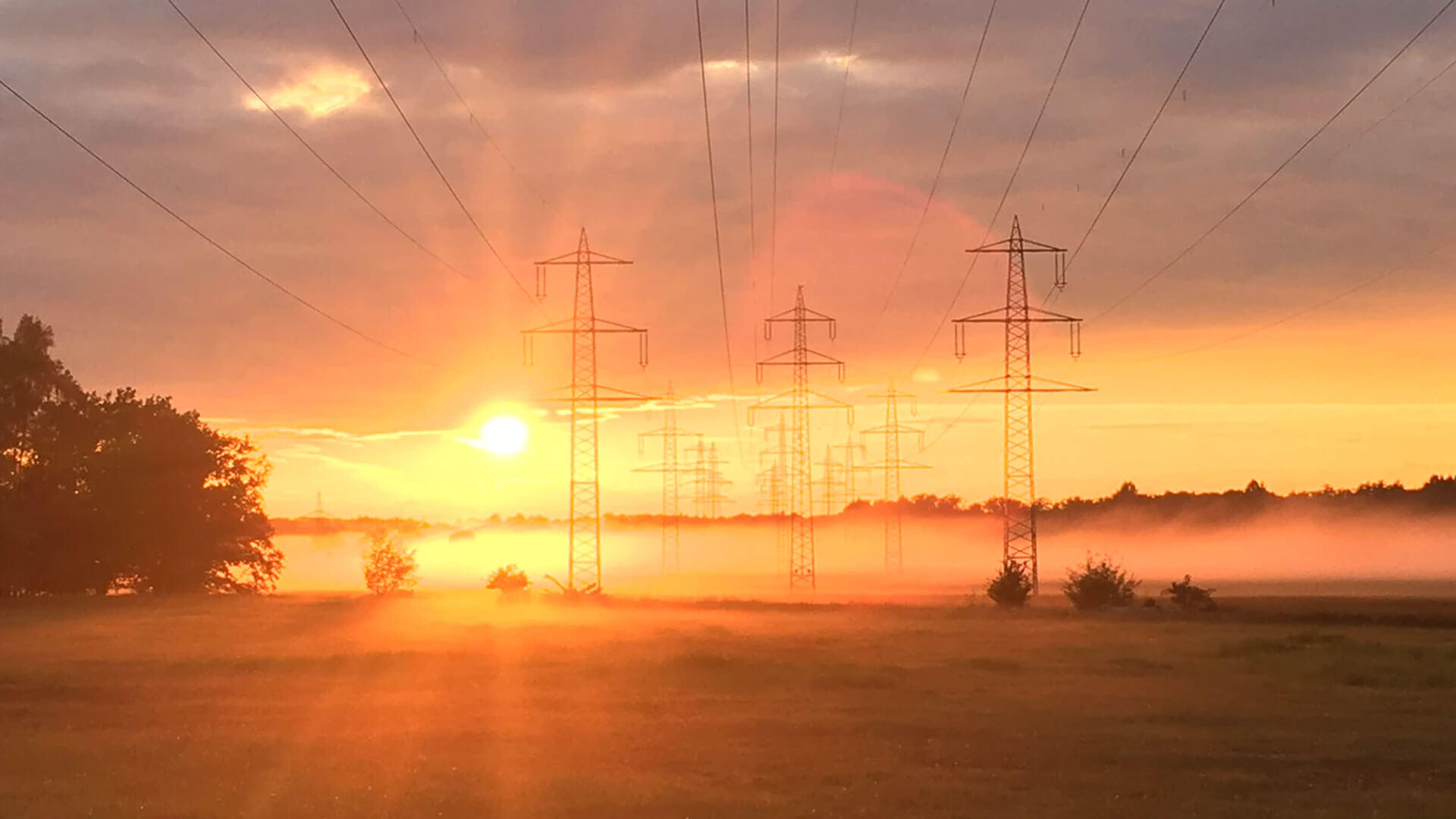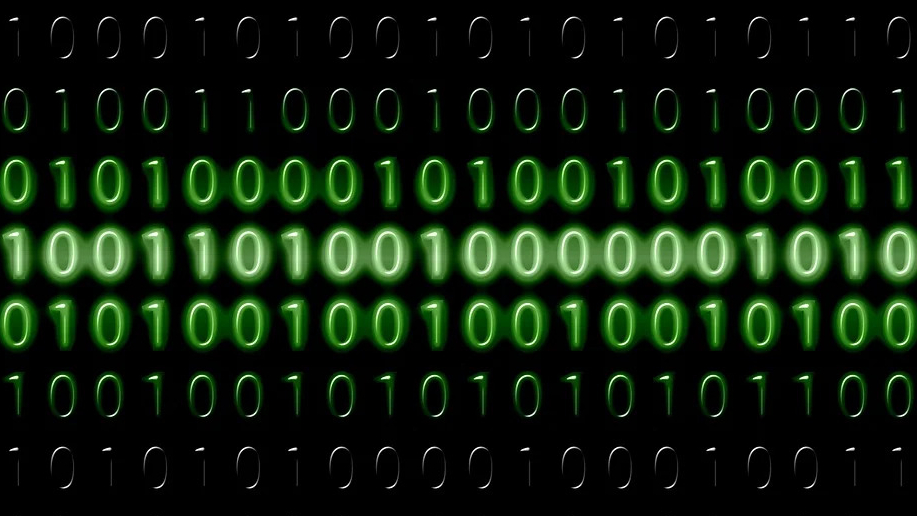Three years ago I co-authored the report about modern consumer in intelligent cities [1]. We named such end-user a smartsumer – someone ready to smartly interact with innovative utilities and IT infrastructure for mutual benefits. Yet, several things still need to be done. First of all the end-user must be given relevant tools and tangible incentives.
Power bills in both households and enterprises depend on multiple factors. Suffice to say energy intensity of installed devices, size of dwellings, offices, factories, number of employees or family members – this all impacts the cost. Many other factors could be mentioned at this point. However, there is more than external causes. Significant part of the bill depends solely on the end-user. Changing tariff plans, optimising energy use cycles, choosing efficient devices – these are end-users’ decisions, which scale they very often are not aware of.
Focusing on changing tariff plan, this is a common practice on a few markets, like for instance telecommunication or banking. The number of switchers on power market has been constantly increasing in Poland. By the end of 2017, close to 200 thousand enterprises and 550 thousand households had changed their supplier (URE data). Are these numbers significant? Not at all. Wysokie Napięcie, a renown Polish website on energy topics, calculated that in 2017 in Czechia, being almost four times smaller than Poland, the supplier switch occurred once in every minute whereas in Poland it was once in every 5 minutes.
When choosing telephone tariff everyone can check online how many minutes, gigabytes, messages were purchased at the telco provider in a given period.
Why don’t we switch suppliers? There are several reasons: not enough marketing actions of alternative suppliers, not enough incentives, lack of awareness of such possibility. An online survey has been lately launched by Wysokie Napięcie. We are looking forward to the results. However, prior to the publication, one can expect that insufficient information might be the issue. When choosing telephone tariff everyone can check online how many minutes, gigabytes, messages were purchased at the telco provider in a given period.
The same, unfortunately, does not apply to electricity purchase. The information obtained by end-user is an aggregation for invoicing purposes once in a billing period. Nothing more than that. The question remains: how to effectively optimise tariff plan and energy use basing on aggregate data. One way, of course, is to invite external parties. The other way, however, is to use your full profile and get the tailored plan as well as perform planning actions to decrease the cost either yourself or with help of external party. Having fixed the OneMeter* (onemeter.com) device on the smart meter its user gets the full information on energy profile, costs of electricity and distribution and visibility of trends. It does not mean that end-user must learn power parameters and understand the energy market. The consumer needs the information, not the data. The information that his distribution parameters are contracted at level exceeding his needs, the information that during lack of activity power consumption is much higher than expected, the information that expected cost equals this and that much.
Interestingly, in 2016 enterprises which switched supplier paid on average 27% less which translates to approx. 20K PLN (~5K EUR) annually for C2 clients.
Smartsumer, as called in the title of previous article, is the tool-empowered customer. Of course, the word customer here should be meant as end-user, regardless whether household or enterprise. Interestingly, in 2016 enterprises which switched supplier paid on average 27% less which translates to approx. 20K PLN (~5K EUR) annually for C2 clients. Moreover, showing the profile to potential supplier makes it possible for him to buy energy in a smart way, booking energy when it is needed and not basing on statistics. Naturally, the tool must inform about saving potential. And so it has to be designed. End-users have proved many times they are ready for changes.
1. Report can be downloaded at: http://www.cire.pl/pokaz-pdf… (Polish version only)
Source: https://www.linkedin.com/pulse/smart-power-consumption…


